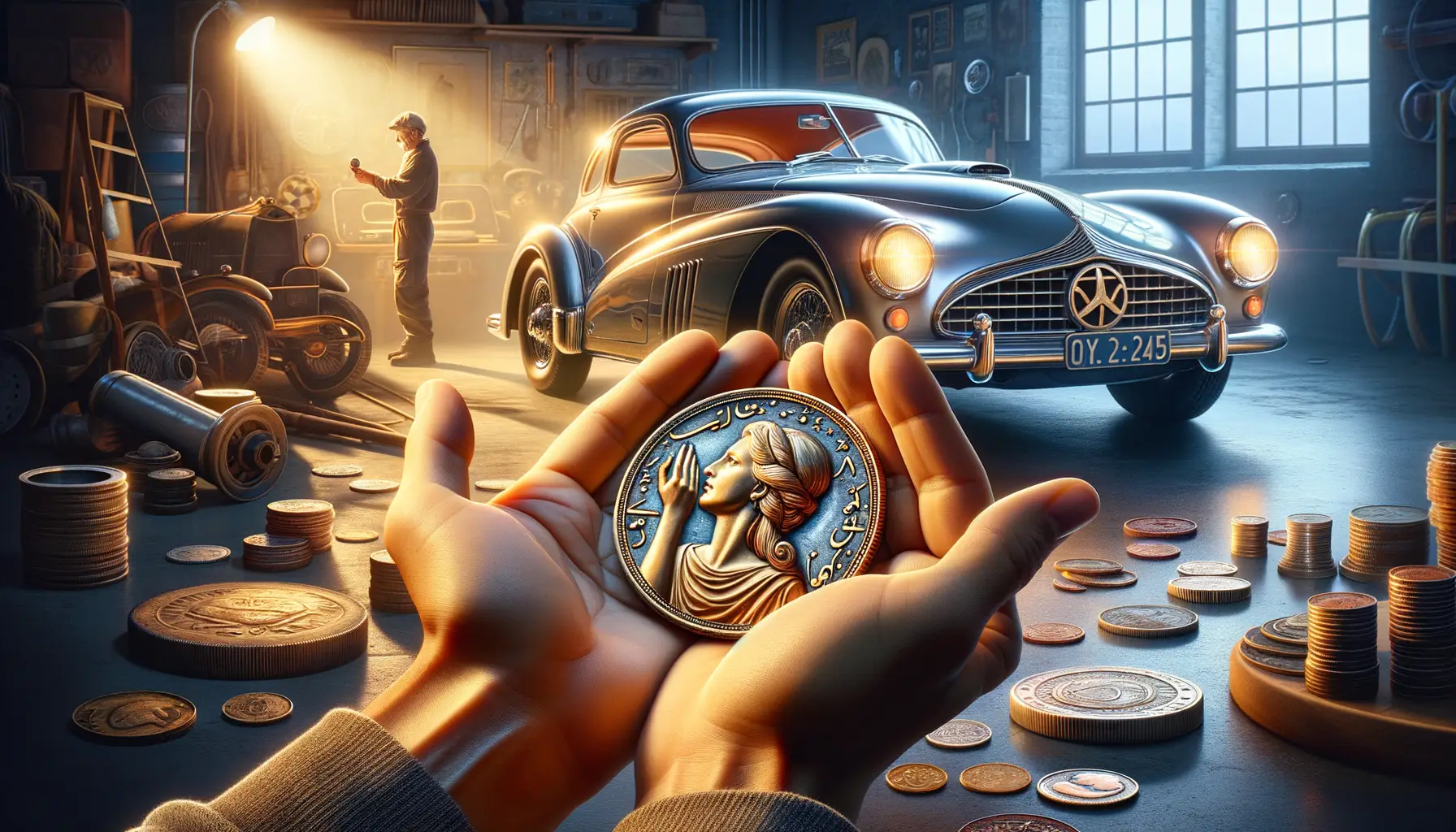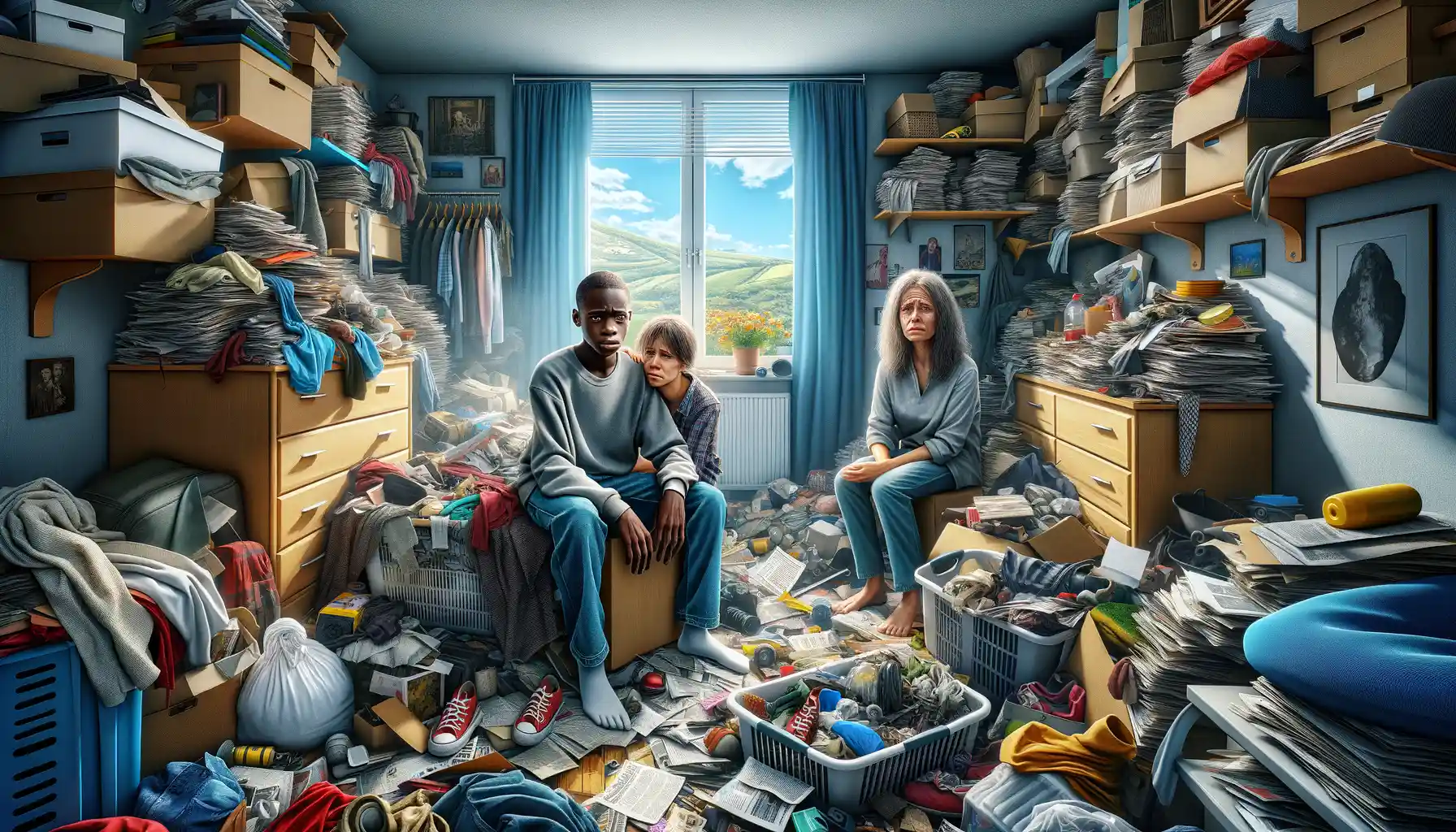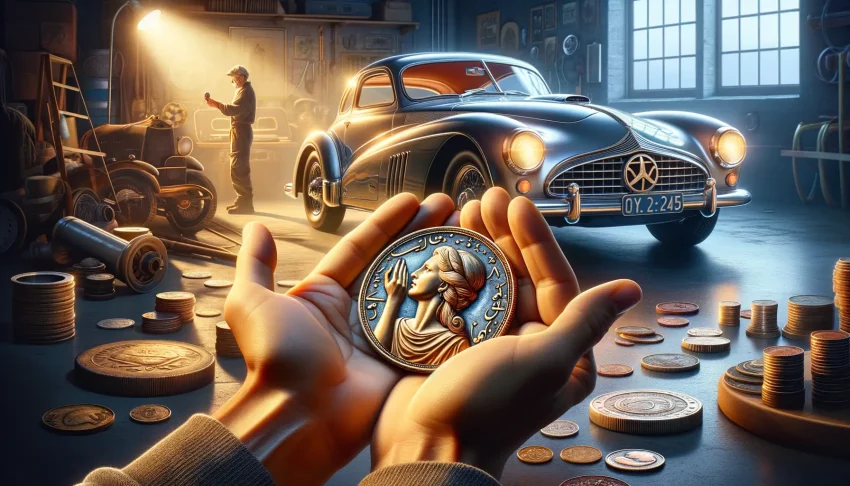Understanding the Psychological Drivers of Collecting and Hoarding
The Inner Workings of a Collector’s Mind
What makes someone obsessively chase after a rare 19th-century coin or pour their soul (and savings) into restoring a 1960s Shelby GT500? It’s not just about owning things—it’s about satisfying something deep within. For many collectors, it’s the thrill of the hunt. Like treasure seekers, they crave that pulse-racing moment when they stumble upon an elusive gem.
But there’s more to it than excitement. Collecting can serve as a way to preserve history—or even control it. Think about it: holding a vintage coin feels like clasping a tangible piece of the past, a small rebel against time’s relentless march. Or imagine easing behind the wheel of a classic car, its worn leather seats whispering stories of decades gone by.
Some collectors feel a void being filled. Whether rooted in childhood memories, loss, or even identity, their collections give them a sense of purpose.
- Sentimental longing: Objects tied to nostalgic moments anchor us emotionally.
- Achievement-driven attachment: Completing a collection provides recognition and structure.
For many, each addition isn’t just an item—it’s an extension of themselves.
The Emotional Connection to Rare Coins and Vintage Cars

Why Rare Coins Speak to the Soul
There’s something almost poetic about holding a rare coin in your hand. Each one seems to whisper stories of empires gained and lost, of hands it has passed through, and of lives forever changed. It’s not just metal—it’s memory. For many collectors, the allure lies in the intricate details. A tiny dent, an imperfect edge, or a faded date becomes a portal to history. A Civil War-era coin might invoke the clash of ideals, while an ancient Roman denarius conjures visions of gladiators and grand arenas.
But it’s not just history—it’s heritage. Many collectors find themselves emotionally tethered to coins once owned by parents or grandparents, creating bonds that transcend time. These little treasures become anchors in a sea of fleeting moments, offering comfort in their permanence.
- A rare coin can symbolize achievement—proof of a “well-won” hunt at auctions or private sales.
- To some, it marks identity—a way to relive a bygone era vicariously through art and craftsmanship.
The Timeless Romance of Vintage Cars
Imagine the rumble of a 1967 Mustang’s engine or the gleaming curves of a Jaguar E-Type—the way they demand attention, even from strangers on the street. Vintage cars are so much more than transportation; they’re rolling works of art. Sitting behind the wheel of a decades-old beauty feels like a time warp, a visceral connection to another era when craftsmanship wasn’t rushed, and style was king.
Their appeal is deeply emotional: the smell of aged leather seats, the tactile click of an old ignition key, even the imperfections in their handling. They don’t just get you from point A to B—they tell a story along the way. For some enthusiasts, restoring a vintage car is akin to giving new life to a forgotten masterpiece, piece by delicate piece.
For others, these vehicles represent freedom or even rebellion. As one collector put it, “Driving my ‘55 Chevy Bel Air, I feel like I’m escaping the grind of modernity—if only for a while.” And isn’t that what we all crave?
Impact of Hoarding on Mental Health and Lifestyle

The Emotional Toll of Cluttered Collections
Imagine walking into a room meant to inspire joy, yet feeling an invisible weight pressing on your chest. That’s the reality for many people who hoard rare coins or vintage automobiles. When those once-beloved treasures overflow from their designated spaces, they stop being trophies and start becoming burdens. A pile of rare coins spilling out of drawers might whisper of forgotten promises, while a garage crammed with classic cars can transform from a shrine of nostalgia to a source of suffocating stress.
Hoarding doesn’t just clutter your space; it invades your mind too. People often feel an overwhelming sense of shame or guilt about their inability to let go, which can lead to anxiety, depression, and even strained relationships. There’s also the paralyzing decision fatigue—how do you decide what stays when everything feels priceless?
- Sleep routines can crumble when clutter sneaks into every corner.
- Simple pleasures, like hosting friends, may vanish because of embarrassment over the mess.
- You may even lose sight of why you started collecting in the first place.
When Collecting Stops Adding Joy
For some, the allure of a vintage Porsche or a shimmering gold doubloon isn’t just about owning history—it’s about filling an emotional void. But what happens when that “filler” grows beyond control? Instead of joy, hoarding can lead to isolation and regret. If you’ve ever stared at a once-cherished object and wondered, *Why does this make me feel trapped instead of thrilled?*, then you know firsthand how deeply possessions can tangle with emotions.
Breaking free starts with recognizing these patterns. Hoarding isn’t simply about an attachment to things—it’s about untangling memories and identities, one piece at a time.
Financial and Social Implications of Collecting

The Dual-Edged Sword of Financial Investments
The world of collecting isn’t just about passion; it’s also a dance with your wallet. When you’re chasing that gleaming, centuries-old rare coin or a vintage car that roars like a lion, the financial stakes are high. But let’s be real—how often does the justification “it’s an investment” mask the thrill of acquisition? While some treasures appreciate over time, others might drain more than your savings would like to admit.
Unexpected maintenance for a classic car, for instance, could cost as much as a semester of college tuition. And those coins? Their value depends on trends, history, and sometimes even a little luck. Before diving in, ask yourself: Are you truly in it for the love of the object—or the gamble of its future worth?
- Hidden costs: Restoration work, storage, insurance.
- Opportunity costs: What else could that money be doing for you?
Social Dimensions: Bonding or Barriers?
Collecting can be a gateway to vibrant connections or, ironically, a fortress of isolation. Sharing your enthusiasm with communities online or at trade shows can foster friendships that last a lifetime. But what happens when the obsession consumes every conversation, leaving relationships out in the cold?
For example, the collector who skips family dinners to hunt auctions may find themselves alienating loved ones. Balance is key—are your collectibles growing meaningfully alongside your human connections, or are they becoming barriers? After all, a collection is meant to enrich life, not overshadow it.
Strategies for Managing and Balancing Collecting Behaviors

Turning Passion into Purpose
Are your collections adding joy to your life—or quietly taking over every square inch of it? Striking a balance with collecting rare coins or vintage cars isn’t about shutting down the passion; it’s about harnessing it for something greater. Imagine your collection as a living story you’re creating, not an unfinished puzzle overwhelming your world.
A practical starting point? Ask yourself: *Why did I begin this journey in the first place?* For many, it’s the thrill of discovery or the connection to history, like holding a well-worn 1885 Liberty Nickel and wondering who might’ve carried it. Reconnecting with that joy can help separate treasures from clutter.
- Set limits—both physical and financial. A display cabinet or designated garage bay promises beauty and function without chaos.
- Create “rotation rules”: Every new addition means trading or selling something old. It keeps your passion fresh and prevents the overflow.
When Collecting Feels Overwhelming
If you’ve ever felt the weight of your passion heavier than the engine block of a classic ’67 Camaro, take heart—you’re not alone. Sometimes, reaching out to a trusted friend or even a professional organizer can inject fresh perspective. Share your stories—every coin or car has one, but so do you. Remember, your identity isn’t tied to the sheer size of what you own. It’s reflected in how you cherish, share, and live with it.




